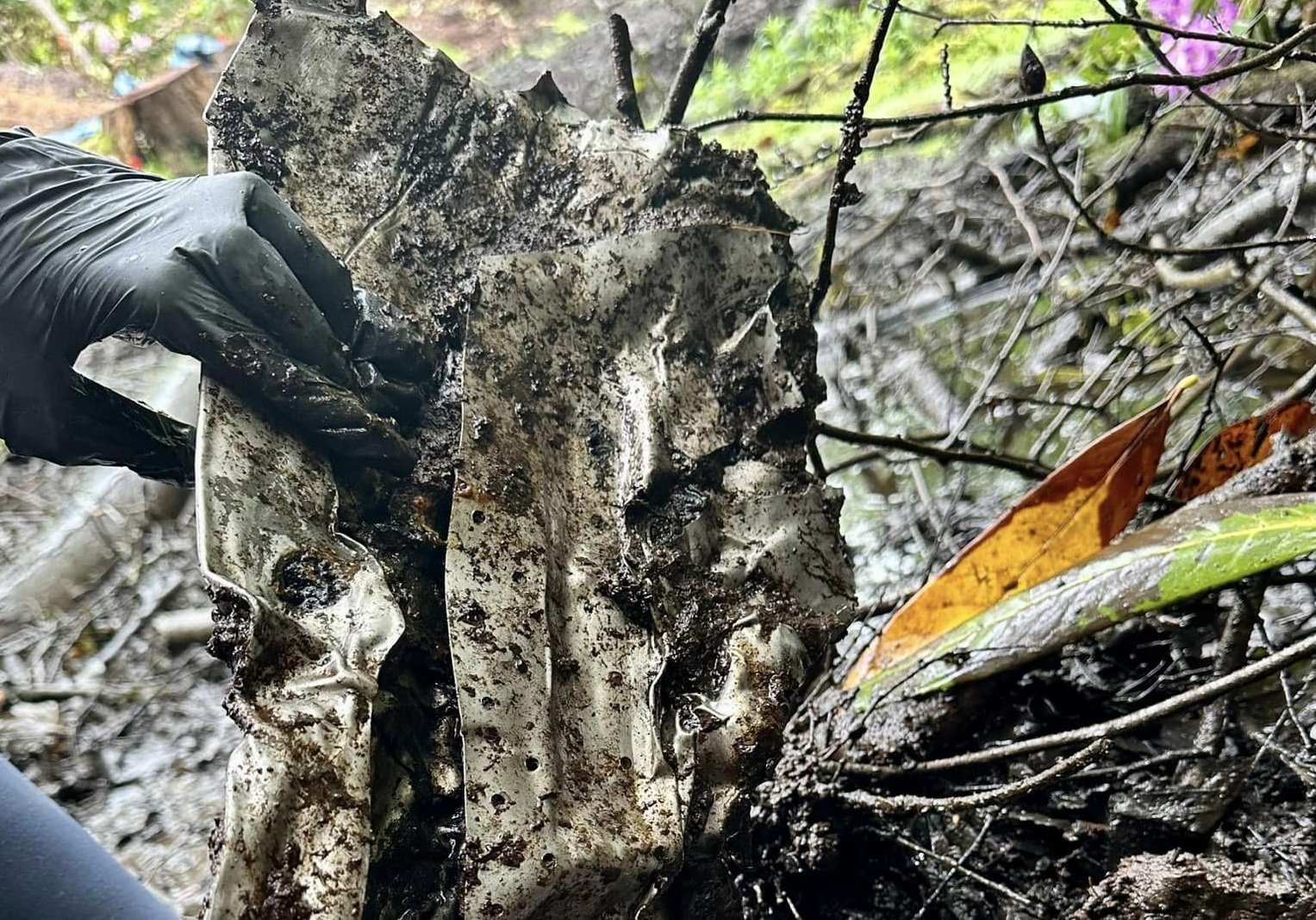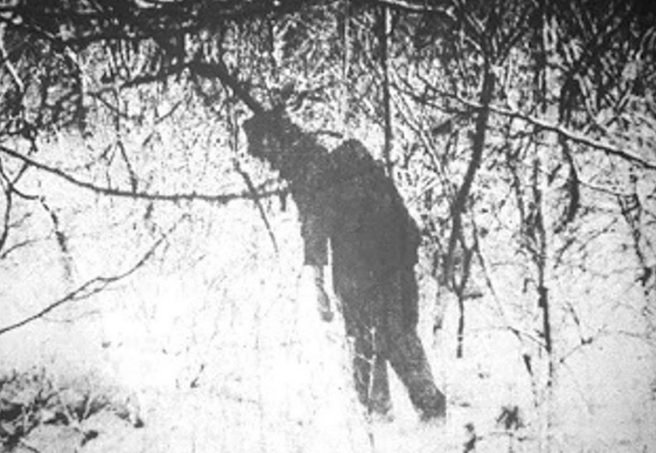Archaeology
Geophysical survey reveals ancient structure at the Valley of Temples
Archaeologists have discovered the remains of an ancient structure at the Valley of Temples, located at Akragas on the southern coast of Sicily.
Akragas, also known as Agrigento, was founded around 582-580 BC by Greek colonists from Gela in eastern Sicily.
The city emerged as a major religious centre, evidenced by the construction of numerous temples on a ridge known as the Valley of Temples.
Among these structures are the Temple of Concordia, the Temple of “Hera,” the Temple of Heracles, the Temple of Olympian Zeus, the Temple of Castor and Pollux, the Temple of Hephaestus, and the Temple of Asclepius.
Archaeologists have conducted a study in a previously unexplored area of the Valley of Temples using not invasive geophysical surveys, including extensive Electromagnetic techniques (EM) and Electrical Resistivity Tomography (ERT).
The study area covers approximately 3000 m2, where the researchers discovered traces of an ancient structure and numerous anomalies beneath the surface.
Subsequent archaeological excavations have confirmed the presence of the structure, which was built using large blocks of local calcarenite that date from the Hellenistic or Classical period.
The ceramics associated with these remains are currently being studied and should enable to obtain precise dating and phasing for the building(s) uncovered.
The structure is located on the edge of the plateia IL, near the entrance to the sanctuary “of the circular altars”, suggesting that the monument holds significant importance in the religious context of ancient Akragas.
According to the study authors: “As the excavation is still in its initial phases, further investigation is required. Uncovering the true nature and purpose of these structures hopefully will shed light on their role within the religious landscape of Akragas and contribute significantly to our knowledge of the ancient city.”
Header Image Credit : ScienceDirect
This content was originally published on www.heritagedaily.com – © 2023 – HeritageDaily
Archaeology
Archaeologists search crash site of WWII B-17 for lost pilot

Archaeologists from Cotswold Archaeology are excavating the crash site of a WWII B-17 Flying Fortress in an English woodland.
The B-17 Flying Fortress is an American four-engine heavy bomber aircraft developed in the 1930s for the United States Army Air Corps (USAAC).
The bomber was mainly used in the European theatre for daylight strategic bombing, complimenting the RAF Bomber Command’s night bombers in attacking German industrial, military and civilian targets.
Cotswold Archaeology have been tasked by the Defense POW / MIA Accounting Agency to search the crash site for the remains of the pilot, who died when the B-17 crashed following a system failure in 1944.
Image Credit : Cotswold Archaeology
At the time, the plane was carrying a payload of 12,000lbs of Torpex, an explosive comprised of 42% RDX, 40% TNT, and 18% powdered aluminium. Torpex was mainly used for the Upkeep, Tallboy and Grand Slam bombs, as well as underwater munitions.
The pilot was declared MIA when the plane exploded into an inferno, however, using modern archaeological techniques, the researchers plan to systematically excavate and sieve the waterlogged crash site to recover plane ID numbers, personal effects, and any surviving human remains.
It is the hope of the excavation team members that they will be able to recover the pilot’s remains and return him to the United States for burial with full military honours.
The Defense POW/MIA Accounting Agency (DPAA) is an agency within the U.S. Department of Defense whose mission is to recover unaccounted Department of Defense personnel listed as prisoners of war (POW) or missing in action (MIA) from designated past conflicts.
Header Image Credit : Cotswold Archaeology
Sources : Cotswold Archaeology
This content was originally published on www.heritagedaily.com – © 2023 – HeritageDaily
Archaeology
Roman Era tomb found guarded by carved bull heads
Archaeologists excavating at the ancient Tharsa necropolis have uncovered a Roman Era tomb guarded by two carved bull heads.
Tharsa is located near Kuyulu village in southeastern Turkey along the Adıyaman-Şanlıurfa Highway.
The site was situated on a major Roman highway from Doliche to Samosata, which today consists of a two settlement mounds and a large necropolis that dates from the 3rd century to the Byzantine period.
Excavations first commenced in 2021 which discovered a collection of Turuş Rock Tombs, a type of tomb construction carved directly into the bedrock.
In the latest season, archaeologists have excavated another Turuş Rock Tomb, however, this example was found to have two carved bull heads which is decorated with garlands and rosettes between the horns.
Bull heads, known as Bucranium, were a form of carved decoration commonly used in Classical architecture. In Ancient Rome, bucrania were often used on the friezes of temples in the Doric order of architecture, later influencing the architecture of buildings from the Renaissance, Baroque, and Neoclassical periods.
Architectural examples of bucrania are representations of the practice of displaying garlanded, sacrificial oxen, whose heads were displayed on the temple walls.
Like similar Turuş Rock Tombs, the bull heads are carved directly into the bedrock, guarding a dozen rock cut steps descending into the burial chamber which has three arched niches known as acrosolia.
Mustafa Çelik, Deputy Director of Adıyaman Museum, said, “Tharsa Ancient City consists of 3 main archaeological areas: Big Mound, Small Mound and Necropolis Area. We started excavations in the necropolis area in 2024. We added 2 more rock tombs to the rock tombs we had previously uncovered. One of them is the rock tomb we identified today.”
Header Image Credit : Adıyaman Museum
Sources : Adıyaman Museum
This content was originally published on www.heritagedaily.com – © 2023 – HeritageDaily
-

 Ghosts2 years ago
Ghosts2 years agoZozo: The Ouija Board Demon
-

 Space2 years ago
Space2 years agoScientists claim to have found the answer what existed before the Universe
-

 Ghosts2 years ago
Ghosts2 years agoOld Coot of Mount Greylock
-
Archaeology1 year ago
New discoveries at Ekʼ Balam during conservation works
-

 General3 years ago
General3 years agoUC San Francisco engaging in horrifying experiments, organ harvesting of live babies in the name of “science”
